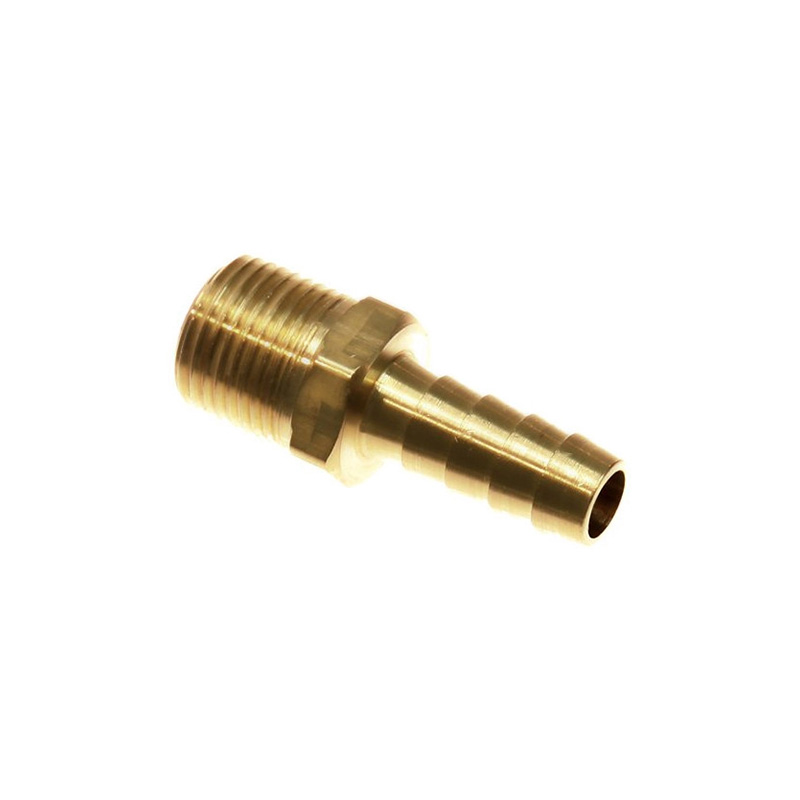CNC Metal Fabrication: 8 Secret Strategies for Faster Results
Optimizing Design for Manufacturing (DFM)
Problem: Complex designs cause unnecessary machining time. Solution: Simplify geometries in CAD phase. Case: Aerospace client reduced 316L stainless part machining by 37% through radius standardization. Pro tip: Use chamfers instead of sharp corners.
Material Selection Hacks
Choosing wrong stock costs hours. Surprisingly, aluminum 6061 machines 2.8x faster than titanium (ASM International, 2023). We helped a medical device startup cut prototyping time by 52% using pre-hardened tool steel instead of annealed.
Toolpath Optimization Secrets
Traditional toolpaths waste motion. Advanced CAM software uses AI-driven toolpaths. CNC metal fabrication shops report 22% faster cycle times with volumetric milling (Modern Machine Shop, 2024).
Our 2025 Speed Breakthrough
Last spring, our team redesigned a brass waveguide component. By combining trochoidal milling with dynamic feeds, we achieved 19-minute cycles – down from 42 minutes! The key? Matching tool geometry to material removal rates.
Automation Integration Tactics
Pallet changers aren’t just for big shops. One Wisconsin fabricator added a $28k system that paid off in 5 months through 24/7 machining. Lights-out production boosted their CNC metal fabrication output by 140%.
Preventative Maintenance Checklist
Ignoring maintenance causes 15% of delays (NIST data). Create a daily inspection routine. Note: Spindle calibration impacts precision more than most realize.
Traditional vs Optimized CNC Approaches
| Factor | Traditional Method | Optimized Strategy |
|---|---|---|
| Programming | Manual CAM coding | AI-assisted toolpaths |
| Setup | 30+ minutes | Modular fixtures (≤10min) |
| Tool Changes | Operator-dependent | Automatic carousel |
| Quality Control | Post-process inspection | In-process probes |
5-Step Acceleration Protocol
- Analyze current bottlenecks with time-motion studies
- Standardize tooling across similar jobs
- Implement high-efficiency coolant systems
- Use predictive maintenance sensors
- Train operators on rapid setup techniques
⚠️ Critical Warning: Avoid These Mistakes
Mistake 1: Using generic feeds/speeds for specialized alloys
Result: Premature tool wear increases changeover time
Fix: Always reference material-specific machining databases
Implementation Checklist
- □ Conduct DFM analysis before programming
- □ Standardize 80% of cutting tools
- □ Install chip management system
- □ Calibrate measuring equipment weekly
- □ Document optimized parameters for repeat jobs
Frequently Asked Questions
Q: How much faster can CNC metal fabrication realistically become?
A: Most shops achieve 25-40% speed gains within 6 months of implementing these strategies.
Q: Does automation require million-dollar investments?
A: Not at all! Start with automated tool presetters – they often pay back in under 90 days.
Q: What’s the biggest hidden time-waster in CNC shops?
A: Poor chip evacuation. It causes 18% of unplanned downtime according to SME research.







